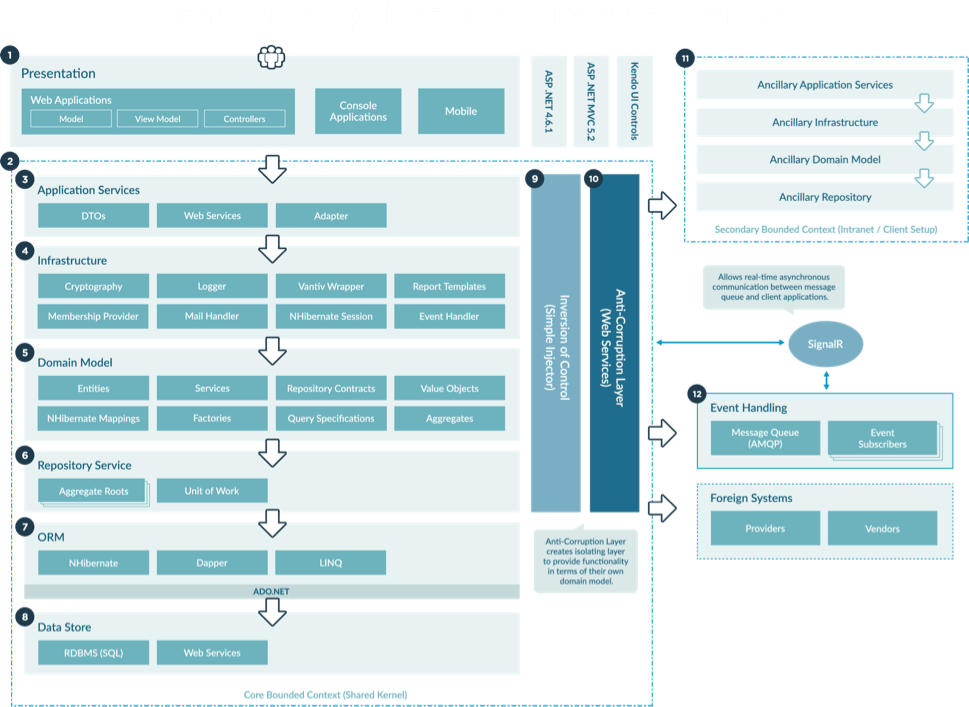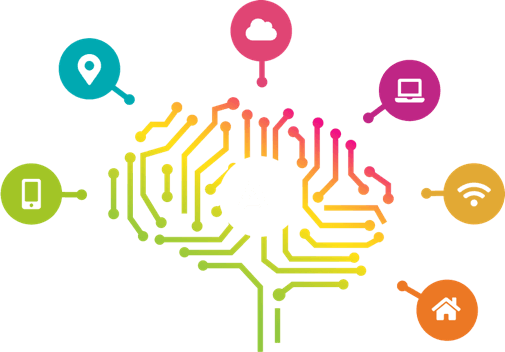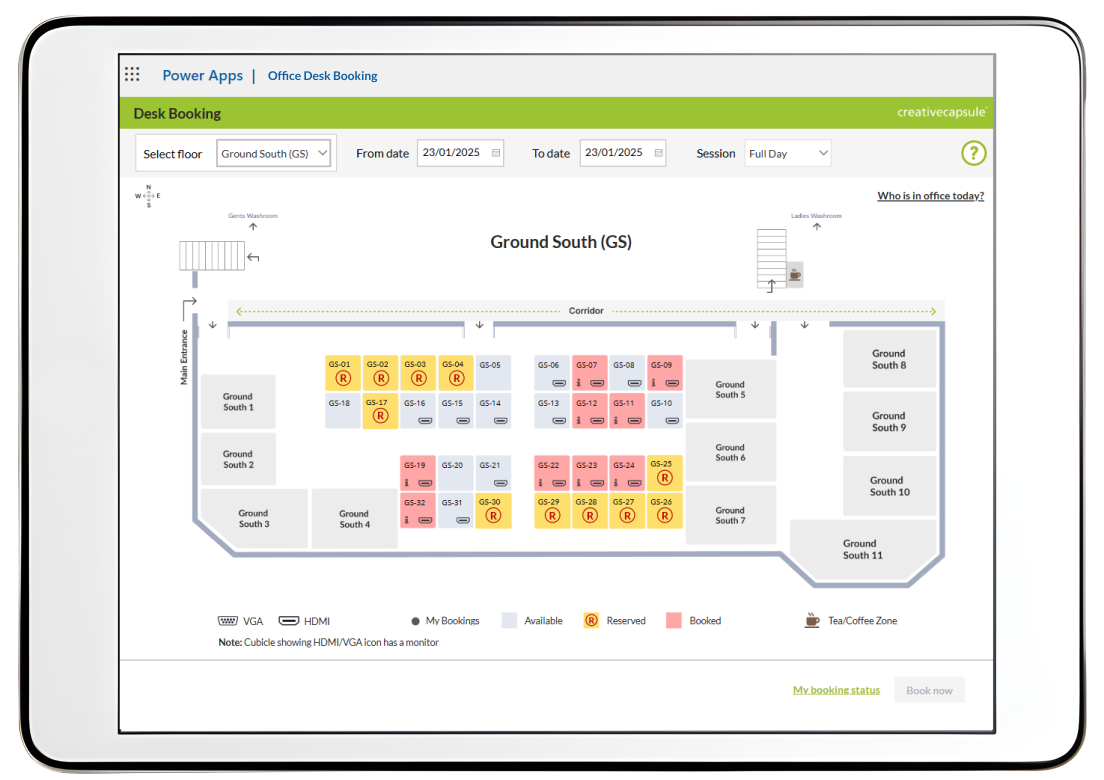Getting technology selection right is vital for the success of any organization. We collaborate with our clients’ business and product leaders to make technology choices that have clear technical and business benefits and a demonstrable ROI. Working in diverse industries and a wide range of customers and projects, our experts evaluate and implement technology that is proven, cost-effective, and scales with your business.
Choosing the right technology can bring significant productivity gains to an organization but there are several aspects to consider before adopting a technology. It is important to select a proven technology that best fits your needs rather than the coolest new tech. Below are some stable, proven technologies worth evaluating for your business solutions.
